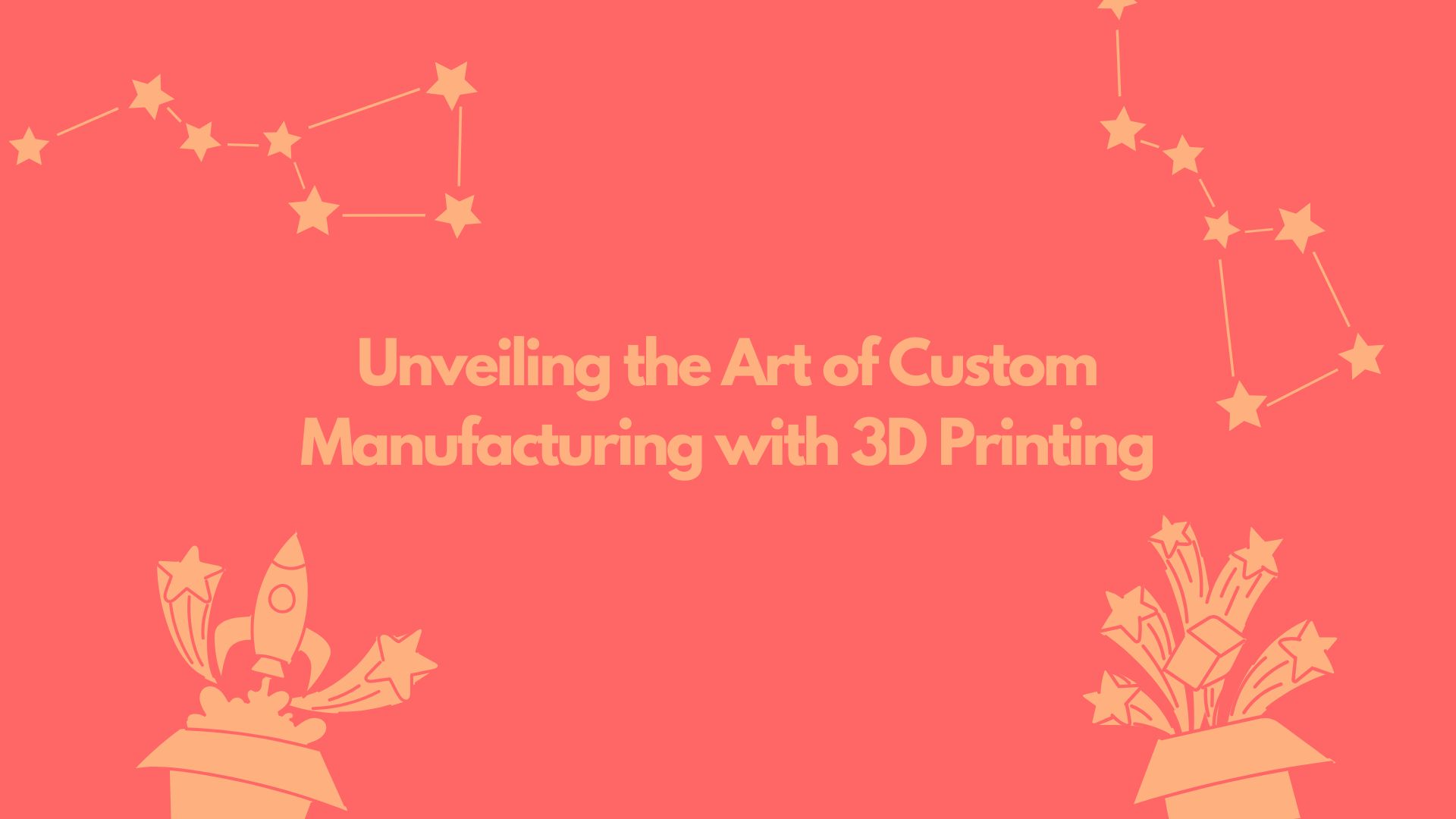Introduction
3D printing, also known as additive manufacturing, is revolutionizing the way products are designed, prototyped, and produced. This technology allows manufacturers to create custom solutions with unprecedented speed and precision. In this blog, we will explore the benefits of 3D printing in manufacturing and how it is enabling customization like never before.
Understanding 3D Printing
3D printing is a process that creates objects by adding material layer by layer based on digital models. This technique can use various materials, including plastics, metals, and ceramics, to produce complex geometries that are difficult or impossible to achieve with traditional manufacturing methods.
Benefits of 3D Printing in Manufacturing
- Customization: 3D printing allows for the creation of customized products tailored to specific requirements without the need for costly retooling.
- Rapid Prototyping: Manufacturers can quickly produce prototypes to test and refine designs, accelerating the product development cycle.
- Cost Efficiency: By eliminating the need for molds and reducing material waste, 3D printing can lower production costs.
- Complex Geometries: The ability to create intricate designs that are not feasible with traditional methods opens new possibilities for innovation.
- On-Demand Production: 3D printing enables on-demand manufacturing, reducing inventory costs and allowing for faster response to market changes.
Implementing 3D Printing
- Assess Needs: Identify areas in your manufacturing process where 3D printing can add value, such as prototyping, tooling, or custom part production.
- Choose the Right Technology: Select the appropriate 3D printing technology and materials based on your specific needs and production requirements.
- Integrate with CAD Software: Ensure seamless integration with computer-aided design (CAD) software to streamline the design and production process.
- Train Employees: Provide training for employees to operate 3D printing equipment and understand the capabilities and limitations of the technology.
- Monitor and Optimize: Continuously monitor the performance of 3D printing processes and make adjustments to optimize efficiency and quality.
Case Study: 3D Printing at [Company Name]
[Company Name], a leading medical device manufacturer, adopted 3D printing for custom prosthetics production:
- 60% Reduction in Production Time: Rapid prototyping and on-demand manufacturing significantly shortened production cycles.
- 30% Cost Savings: Reduced material waste and elimination of molds lowered production costs.
- Enhanced Customization: The ability to create custom-fit prosthetics improved patient satisfaction and outcomes.
Conclusion
3D printing is transforming manufacturing by enabling customization, reducing costs, and accelerating product development. By leveraging this technology, manufacturers can stay competitive, innovate faster, and meet the growing demand for personalized products.









